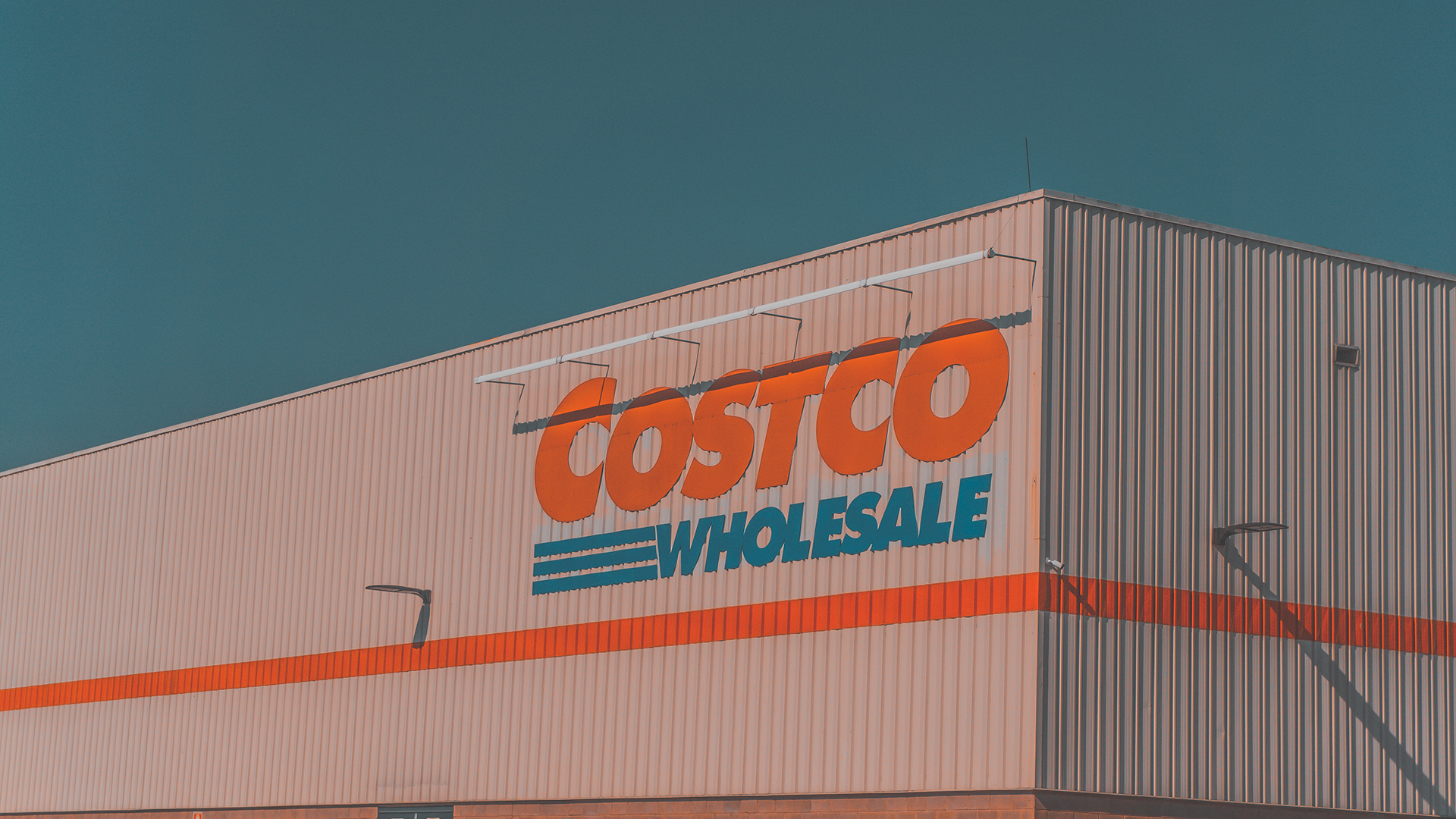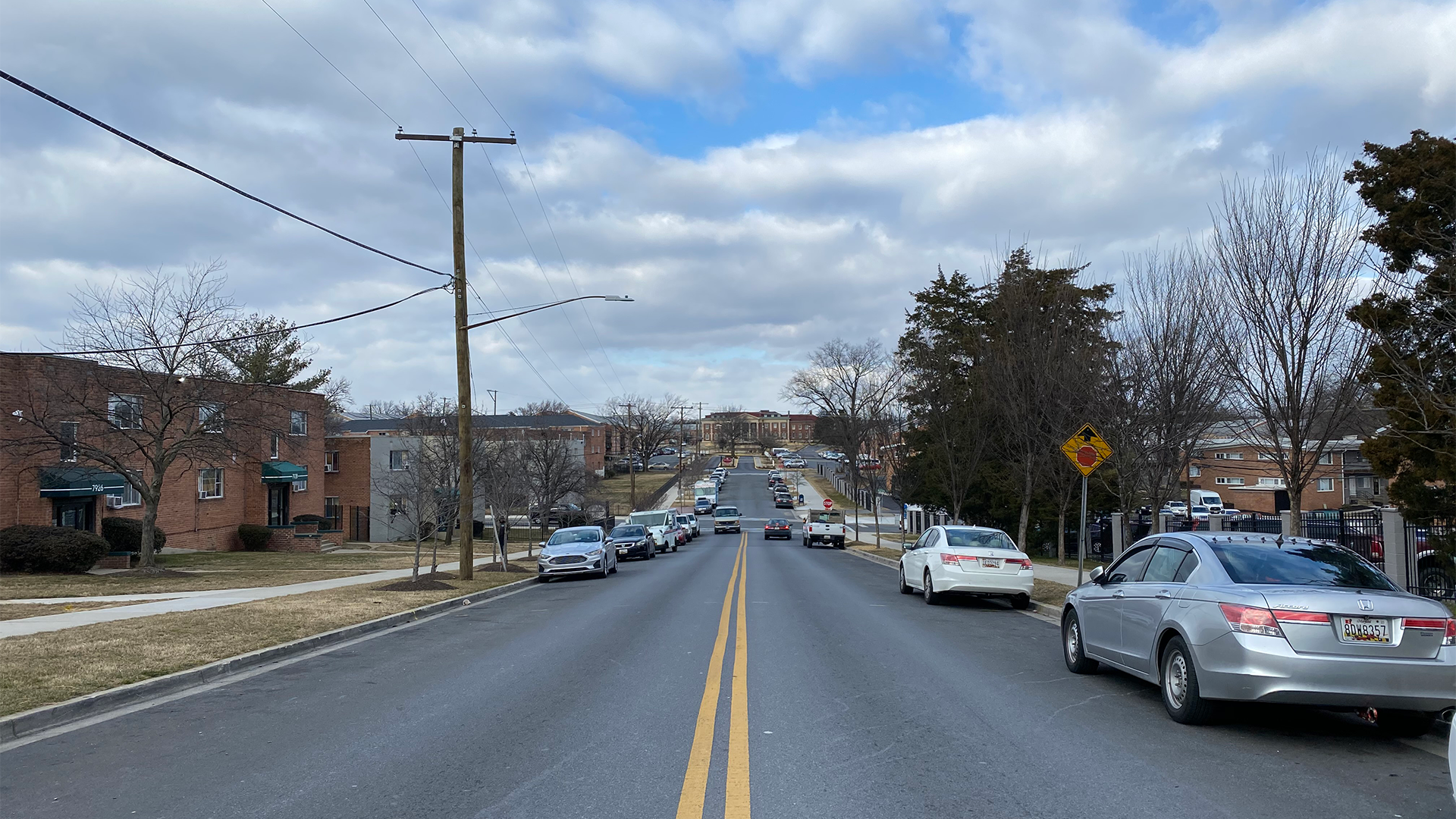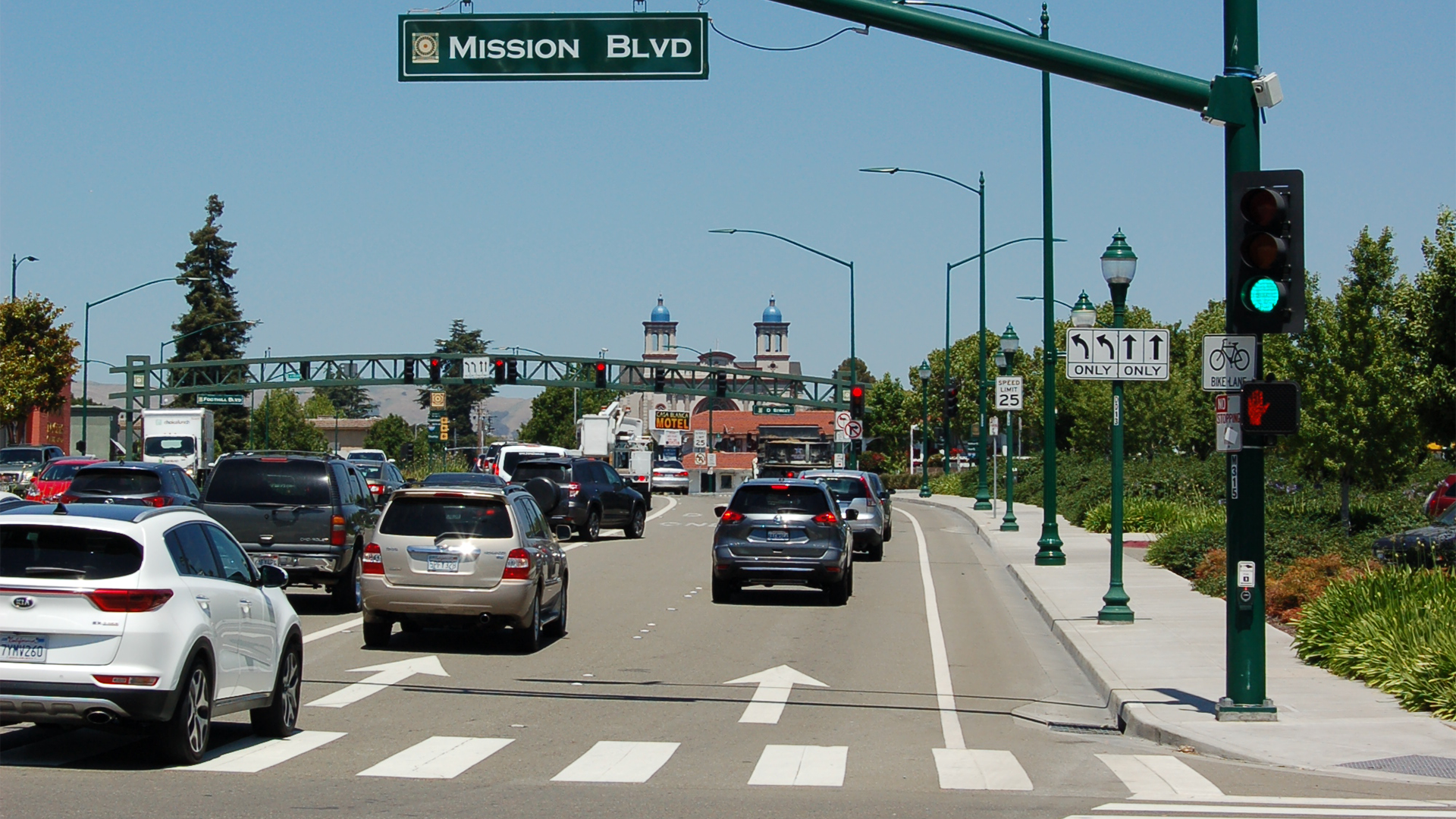Challenge
The City of Rancho Cordova is experiencing two different realities within its boundaries. North of U.S. 50 are long-established neighborhoods that face ongoing safety and health challenges, many of which stem from their proximity to the freeway and their limited opportunities for walking and biking. South of U.S. 50, large new developments are emerging that are expected to add 30,000 homes and hundreds of thousands of square feet of commercial space. In these growing areas, the City wanted to ensure new roads were designed to be safe and efficient from the start.
The City saw roundabouts as a potential solution for both contexts but lacked the information and tools to make them a practical option. Notably, staff often found themselves talking with developers too late in the design process for roundabouts to be feasible. They needed clearer understandings of where roundabouts could provide the most benefit, how to plan for them early, and how to engage residents and developers in conversations about their design and function.
Solution
Kittelson partnered with the City to create a citywide framework for planning and implementing roundabouts. Using available data on truck and transit routes, crash history, and demographic and environmental context, the team developed a screening process to identify intersections where roundabouts could have the greatest safety and operational impact. Working closely with City staff and community members, Kittelson helped define the most important factors to consider, from traffic safety to neighborhood accessibility.
Each intersection in the city was ranked based on its potential benefit as a roundabout location. The team then conducted a feasibility review for the top 50 sites to assess whether space and operations would support roundabout design. From there, Kittelson identified a top five for conceptual design and traffic analysis, testing performance under both current and future conditions.
Throughout the process, Kittelson worked with residents through multiple rounds of engagement to understand their priorities and address questions and misconceptions about roundabouts. These conversations helped demystify how roundabouts work and allowed the community to weigh in on the design features and locations that mattered most to them.
The Outcome
Guiding Roundabout Implementation Across Communities in Rancho Cordova
The study provided the City with a clear, data-informed roadmap for introducing roundabouts into both established and developing areas. Beyond the prioritized intersection list, the plan included guidance on how to plan, size, and discuss roundabouts early in the development process so they could be considered from the beginning of project design.
With this framework in place, the City is better prepared to plan safe, efficient intersections in its growing neighborhoods while improving safety and walkability in its legacy communities. The work also supports broader goals to enhance circulation, reduce delay, and lower greenhouse gas emissions throughout Rancho Cordova.



